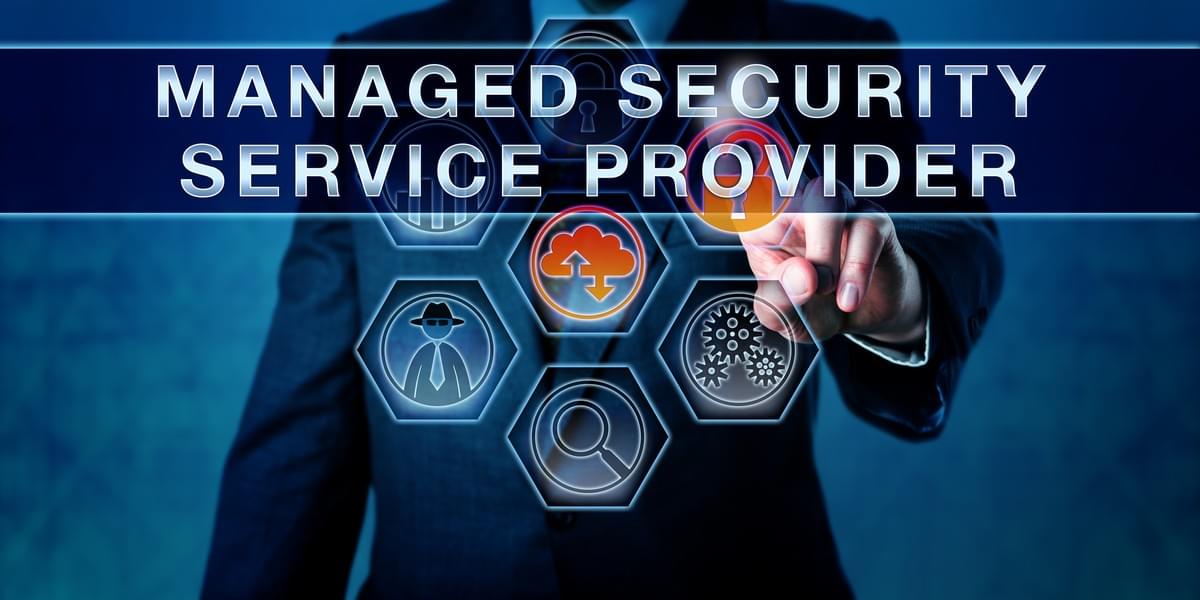
Managed IT services is the process of outsourcing the responsibility of maintaining, and anticipate future need for, an assortment of functions and processes in order to maximize organizational performance and cut costs. Answering these two very important questions will help you to make a sound decision as to whether or not you should be pursuing managed IT services for your organization. First, what are your current needs? And second, do you need managed services?
Most businesses begin their search for a solution to their information technology problems by asking themselves the following two questions: What is my current need for technical assistance? and What sort of assistance can I get from a third party vendor? By answering both of these questions, you'll have a much better idea of what type of managed services business model to pursue. The common managed services business model includes five elements:
A managed services provider offers technical support and assistance to help you meet the demands of your business. They provide on demand assistance when it is needed. A number of these service providers offer specialized managed services such as remote diagnosis, configuration management, software deployment, and troubleshooting. You typically pay a maintenance fee to use their resources. You usually won't have to pay this fee if you hire a licensed mover, because the license is typically only valid for the number of hours that they spend on your site. When hiring a managed service provider, you should review their experience and reputation within your industry and perform a comprehensive review of their managed services plans. Click here for more info.
A managed services provider hosts and supports your on-premise and remote computing applications. Some of the services that you may expect to receive from a managed services provider include remote site administration, desktop management, database management, web site hosting, application hosting, network management, system diagnostics, and virtualization. With a managed service provider, you also receive on demand technical support services such as training and videos. The most common service that managed services provide includes network management, desktop management, database management, and web site management.
Some of the benefits that you can receive from using managed services providers include improved capital budgeting, reduced IT costs, simplified supply chain management, simplified reporting, more efficient staffing and increased time for work completion. Another advantage of using a managed services provider includes the ability to reduce costs associated with hardware, software, management, training, and other aspects of your business. Some of the cost savings opportunities that you can experience include the elimination of hardware purchases, server rent, dedicated management of managed servers and platforms, reduced payroll costs, reduced vendor lock in and more efficient billing.
As your organization continues to grow, you will undoubtedly face many technological issues that will require information technology (IT) support. A managed services model can help your IT department streamline operations by providing information technology administrators with tools to manage the day-to-day operations of your company while streamlining personnel processes. In the long run, this type of model will provide your IT team with more time for strategic business decisions and will ensure that your IT investments are yielding significant returns. By choosing to implement an on premise managed services model in your organization, you can ensure that your company is positioned to proactively manage the complex technologies that are transforming the way businesses are done. Check out it support irvine.
See more here: https://youtu.be/e8wYCu3NgVc.